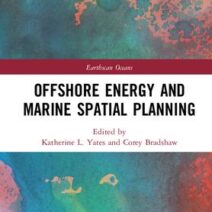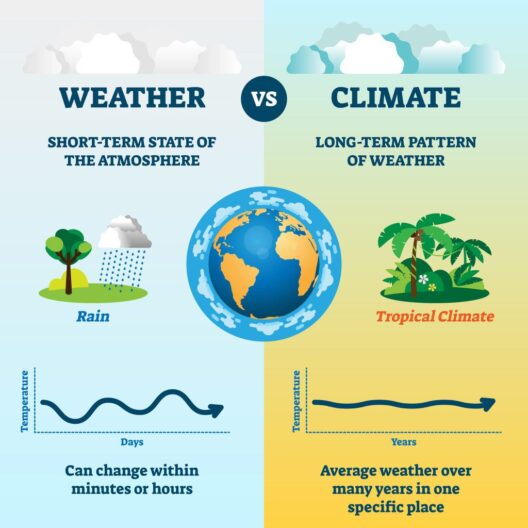In the realm of physics, the Hamiltonian emerges as a pivotal construct, acting as a mathematical cornerstone in classical mechanics and quantum mechanics alike. It encapsulates total energy, neatly marrying kinetic and potential energies into a singular entity. Yet, a compelling question lingers: can energy be conserved if the Hamiltonian—this grand architect of energy—fails to remain constant? This inquiry dances gracefully between the realms of physics and philosophy, revealing a rich tapestry woven with threads of physical laws, philosophical reflection, and the very nature of reality.
At first glance, the conservation of energy seems a straightforward principle, akin to a law etched in stone. It conveys the reassuring notion that energy cannot be created or destroyed, merely transformed from one form to another. This steadfast rule forms the bedrock of classical physics, operating under Newtonian mechanics. However, when one delves into the intricacies of Hamiltonian dynamics, the monocle of certainty obscures itself with curiosities and paradoxes. The Hamiltonian, which ideally should be conserved in isolated systems, occasionally behaves like a capricious artist, shifting and altering like the hue of twilight.
To visualize this conundrum, imagine a pristine lake—the Hamiltonian—as it reflects the surrounding mountains and trees, symbolizing energy’s harmony in equilibrium. When one casts a stone into that lake, the image distorts, rippling outward with splashes of chaos. Similarly, when external forces mar the system, or inherent fluctuations emerge, the Hamiltonian might no longer retain its conservative nature. This disruption proffers an intriguing paradox: while the Hamiltonian may fluctuate, can the total energy of the system, much like the tranquil depths of the lake, balance itself in different forms?
One avenue to explore concerning this philosophical quandary involves chaotic systems. In chaotic regimes, energy may seem lost to the very nature of unpredictability, reminiscent of petals blown from a flower in a tempest. However, as energy transitions through various states, the total accounting of energy remains constant, depending on the interplay of the system’s components and their trajectories. Thus, while the Hamiltonian may falter, the underlying symphony of energetic transformations retains its melodic harmony.
This diving interplay leads to a deeper reflection: how do we perceive the concept of conservation? In a universe governed by uncertainty and evolution—where the classical paradigms often break down—our definitions may require restructuring. Perhaps conservation isn’t merely a matter of a static equation, but rather a dynamic narrative—a story told through the interactions of energy forms. This narrative is replete with twists and turns, offering a grander canvas upon which the universe paints its masterpiece.
Quantum mechanics further enriches this dialogue by introducing the concept of superposition. At this infinity of potentials, multiple states exist simultaneously, prompting questions about what it truly means for energy to be conserved. Just as an artist wields a palette, selecting pigments to create a painting, quantum entities transition through different states, merging, splitting, and sometimes appearing to defy conventional understanding. Still, the total energy remains an invariant, a constant paradoxically held amidst the fluctuation.
Consider the metaphor of a tree in a forest. Visible from afar, each branch and leaf represents a manifestation of energy in various forms—photosynthesis, gravitational pull, kinetic motion from the wind, all interwoven in an intricate dance. Yet, as seasons change and the tree endures growth or decay, the lifeblood of warmth and light—energy—remains an ever-present force. From this perspective, the Hamiltonian needn’t be an unwavering sentinel; instead, it might act as a guidepost, illustrating the metamorphosis that energy embraces along its journey.
The philosophical implications stretch into the very fabric of existence: if the Hamiltonian can fluctuate, does that undermine the certainty we place in the laws of physics? Or does it encourage a more profound understanding of energy’s fluidity? Accepting this uncertainty permits a reconceptualization of our relationship with energy. When we embrace the inherent flux, we become more equipped to harness these energies sustainably—treading lightly on the earth while engaging with the complexities of existence.
In a world grappling with ecological strife, this contemplation takes on critical importance. Just as energy orbits between states and forms, so too must our stewardship of natural resources reflect a fluid understanding of conservation. The dynamic interplay of nature’s systems illustrates how conservation must not adhere to rigid ideologies but instead recognize various pathways and considerations. It is here that we find the true essence of sustainability—a dance of adaptation, resilience, and foresight that mirrors the undulating rhythms of the universe itself.
Ultimately, the question of whether energy can be conserved without a steadfast Hamiltonian leads us into the heart of philosophical inquiry. It invites us to reflect on the limits of our understanding while urging a comprehensive exploration of energy’s mutable essence. It may be that the real beauty lies not in strict conservation, but in the harmonizing chaos—a reminder that existence is a continuous, vibrant process, filled with mystery, transformation, and the interplay of forces that bind the universe together.








